To control SBIR in the 100-300hz range with treatments requires 6-12" absorbers which also consumes a huge amount of space from the room. Space isn't free, either.If the space is meant for sound only then you will save a lot of money with treatments. Then you can just get big subs. Cheaper than 3 x W371
-
WANTED: Happy members who like to discuss audio and other topics related to our interest. Desire to learn and share knowledge of science required. There are many reviews of audio hardware and expert members to help answer your questions. Click here to have your audio equipment measured for free!
You are using an out of date browser. It may not display this or other websites correctly.
You should upgrade or use an alternative browser.
You should upgrade or use an alternative browser.
$30K Budget - On the quest for my "end game" speaker
- Thread starter MKR
- Start date
- Status
- Not open for further replies.
I have that range pretty controlled with GIK 244 panels. But I have a lot of them. All around the monitors.To control SBIR in the 100-300hz range with treatments requires 6-12" absorbers which also consumes a huge amount of space from the room. Space isn't free, either.
That front wall (zone 1) can almost be free space and the corners fitted with tri traps. In fact they sort of exist in the space behind my TV (which is a good area to control to prevent back and forth reflections from the back of the TV).
The left ones sit in an alcove which I will never walk into.
The right ones do block half my passage into the kitchen. But it sounds so good. I wish didn’t need those. Maybe I should get just 1 W371 and put it there.
Their monster bass traps are 6” which I also have lining the entire floor of the front wall. But yes there is 1.5” extra air gap to deal with.
The ceiling is another free space to consider.
The places where they exist are not blocking my walking around space (except around the right monitor). They are all close to the walls.
Yes thicker is better but that is if you want control below 100hz. For 100-300hz the 244s at speaker height works fine. I can send you my GRADE report. It’s not the best (waiting on the ceiling panels) but it’s controlled enough for me to consider not listing after the W371s and just get a 7380 to go with my 2 7360s instead. If your space is big you still have to shell out for the 7380 in addition to the W371s you need.
This many panels is expensive but from my experience I would still put them up even if I got W371s. Every little bit counts.
My AV furniture is a $35 little thing from Amazon and i’m looking to get rid of that to get something smaller. Blusound node and topping D10s. Of course you can’t have a coffee table in a listening room.
It all depends on your space I guess.
Edit: you can check the specs on the 244 panel and see they perform down to 100Hz. It’s below that frequency that you would need the bigger panels.
Last edited:
Thanks for writing that. That’s how it’s going to end up for me. 2 little subs near the mains and one big guy which I might put near me.
Better read that and figure out my modal region.
With doors into the room closed, the lowest in-room standing wave frequency is related to the longest oblique (3-D diagonal) dimension, like from the lower front right corner to the upper rear left corner. Theoretically the lowest standing-wave would be at the frequency where that oblique dimension is equal to one-half wavelength; in practice it tend to be a bit lower in frequency because the room's boundaries (walls, windows, closed doors, HVAC vents) are not perfectly rigid.
IF the room has doors or hallways open into other air spaces, then the lowest in-room standing wave frequency is affected by that opening, and will probably be considerably lower than the aforementioned oblique dimension predicts.
So I got 13.72Hz approximately because of a long wall extending into the kitchen area. I am including even a space that has an archway heading into the garage.With doors into the room closed, the lowest in-room standing wave frequency is related to the longest oblique (3-D diagonal) dimension, like from the lower front right corner to the upper rear left corner. Theoretically the lowest standing-wave would be at the frequency where that oblique dimension is equal to one-half wavelength; in practice it tend to be a bit lower in frequency because the room's boundaries (walls, windows, closed doors, HVAC vents) are not perfectly rigid.
IF the room has doors or hallways open into other air spaces, then the lowest in-room standing wave frequency is affected by that opening, and will probably be considerably lower than the aforementioned oblique dimension predicts.
I’m using in feet 35x18x9. My actual listening area is more like 18x18x9 with a fireplace jutting out into it creating 2 alcoves and 2 extra corners which I might need to install traps in. I don’t like that it’s basically square but applying all these traps hopefully reduces the front/back dimension acoustically.
So I did some reading on that and it seems that is good news. That I could load my room down to a low frequency like that. My pressure zone is very low and probably lower thanks to dry wall and openings.

Beginning of the modal range - Gearspace.com
In discussions of the modal frequency range in small rooms, I've come across a couple of things that I don't fully understand. In the Master Handbook o
gearspace.com
It seems that it will take some more bass power to properly load this space. Probably a nice 15” in a position independent of the other subs. Probably as close to me as possible.
Last edited:
Speaker_tweaker
Member
- Joined
- Oct 5, 2022
- Messages
- 83
- Likes
- 103
MKR, I think an "endgame" speaker should have three features:
1. Available spinorama data that is smooth and flat
2. Top tier bass extension
3. For watching film, the ability to produce 105dB peak at the listening position.
The 105 dB spec is required to watch uncompressed movies at reference level. If the listening position is 10 feet, that means the speaker must produce roughly 115dB peak at 1 meter to get to 105dB at the listening position. This has been the standard for both Dolby and THX for decades.
Of the speakers you listed, it looks like only the Genelec 8361A and the Neumann K420 are able to do all of that. Others seem deficient in various ways. The Magico A5, for example, has only 55Hz of bass extension, which is pretty pathetic considering the high price.
As mentioned earlier in the thread, some other speakers that do the job are the Genelec 1237a, 1238a, JBL M2, JBL 4367, etc. In my mind the M2 is the most "end game" of all the speakers discussed. The M2 spinorama graphs look great, the bass extension is second to none, and the SPL is second to none.
The graph below shows the necessary power for screen speakers in movie theaters. The left column is for a 20ft deep movie house or 103dB at 13.3ft, which is equivalent to 105.5dB at 10ft. The Kef blade 2 and Revel Ultima Salon are only 86dB per watt, and as you can see from the chart would require 800W to get to 105dB. Do they handle 800W peak? It's unclear. The M2 only requires 200W for the same output, and the 4367 needs just 125W, although it gives up some bass.

1. Available spinorama data that is smooth and flat
2. Top tier bass extension
3. For watching film, the ability to produce 105dB peak at the listening position.
The 105 dB spec is required to watch uncompressed movies at reference level. If the listening position is 10 feet, that means the speaker must produce roughly 115dB peak at 1 meter to get to 105dB at the listening position. This has been the standard for both Dolby and THX for decades.
Of the speakers you listed, it looks like only the Genelec 8361A and the Neumann K420 are able to do all of that. Others seem deficient in various ways. The Magico A5, for example, has only 55Hz of bass extension, which is pretty pathetic considering the high price.
As mentioned earlier in the thread, some other speakers that do the job are the Genelec 1237a, 1238a, JBL M2, JBL 4367, etc. In my mind the M2 is the most "end game" of all the speakers discussed. The M2 spinorama graphs look great, the bass extension is second to none, and the SPL is second to none.
The graph below shows the necessary power for screen speakers in movie theaters. The left column is for a 20ft deep movie house or 103dB at 13.3ft, which is equivalent to 105.5dB at 10ft. The Kef blade 2 and Revel Ultima Salon are only 86dB per watt, and as you can see from the chart would require 800W to get to 105dB. Do they handle 800W peak? It's unclear. The M2 only requires 200W for the same output, and the 4367 needs just 125W, although it gives up some bass.
Recluse-Animator
Senior Member
- Joined
- Jul 27, 2022
- Messages
- 331
- Likes
- 317
http://sanderssoundsystems.com/
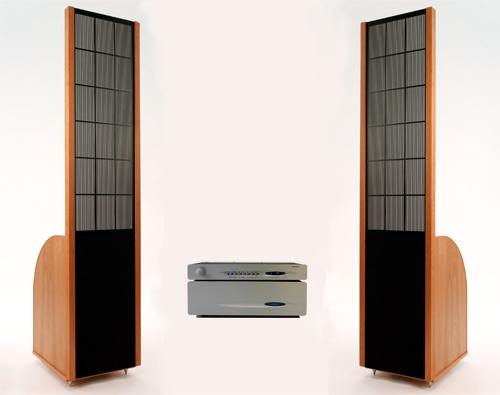
And a couple of subs.
https://piega.ch/en/
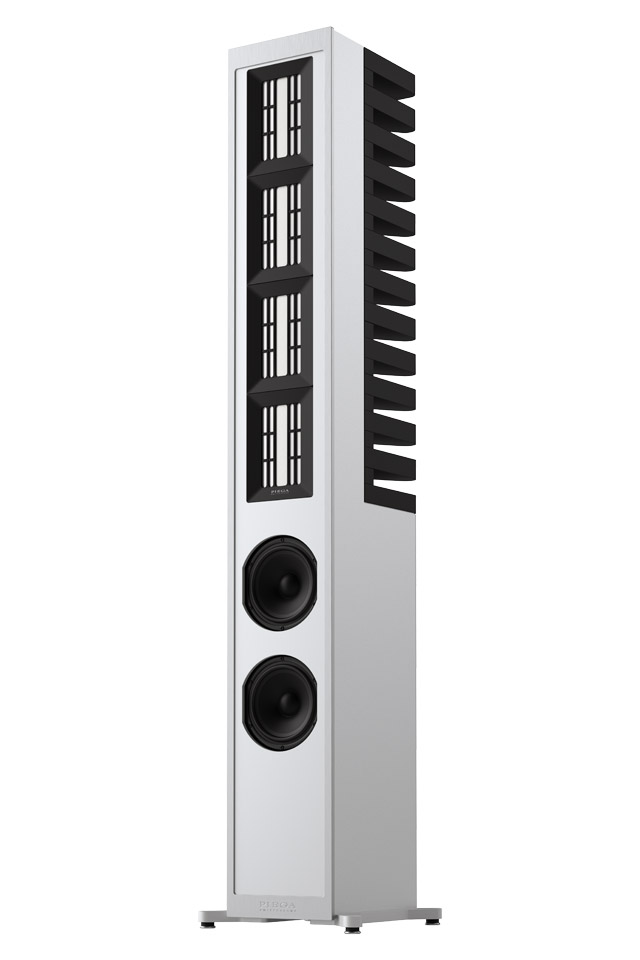
And a couple of subs.
https://www.funkaudio.ca/
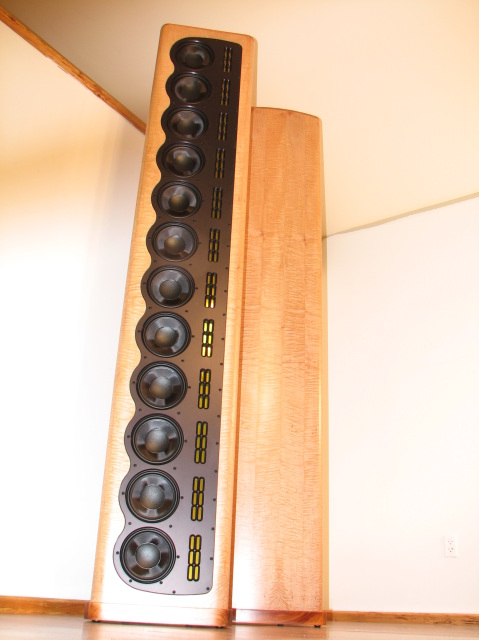
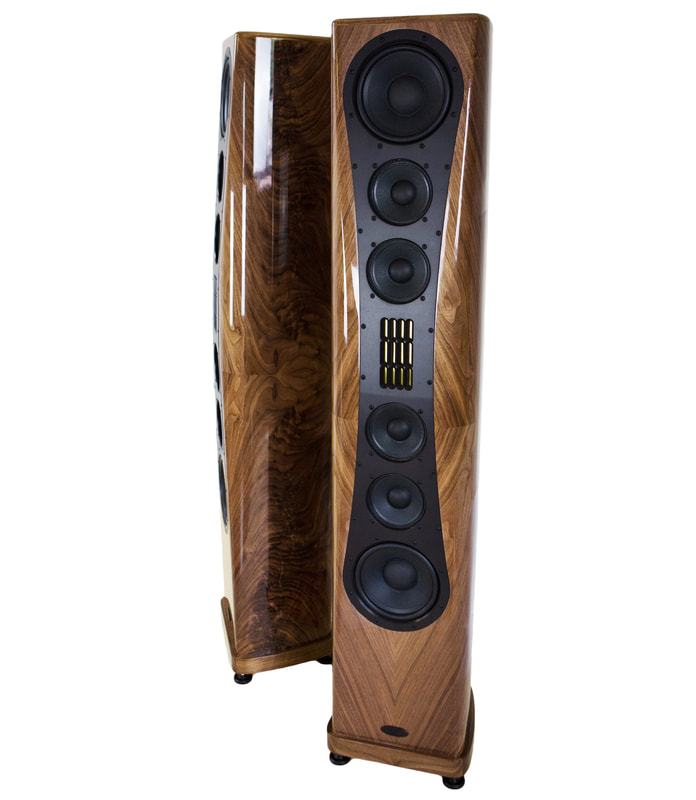
And a couple of subs.
https://tomdanley.com/

And a couple of subs.
https://www.me-geithain.de/en/
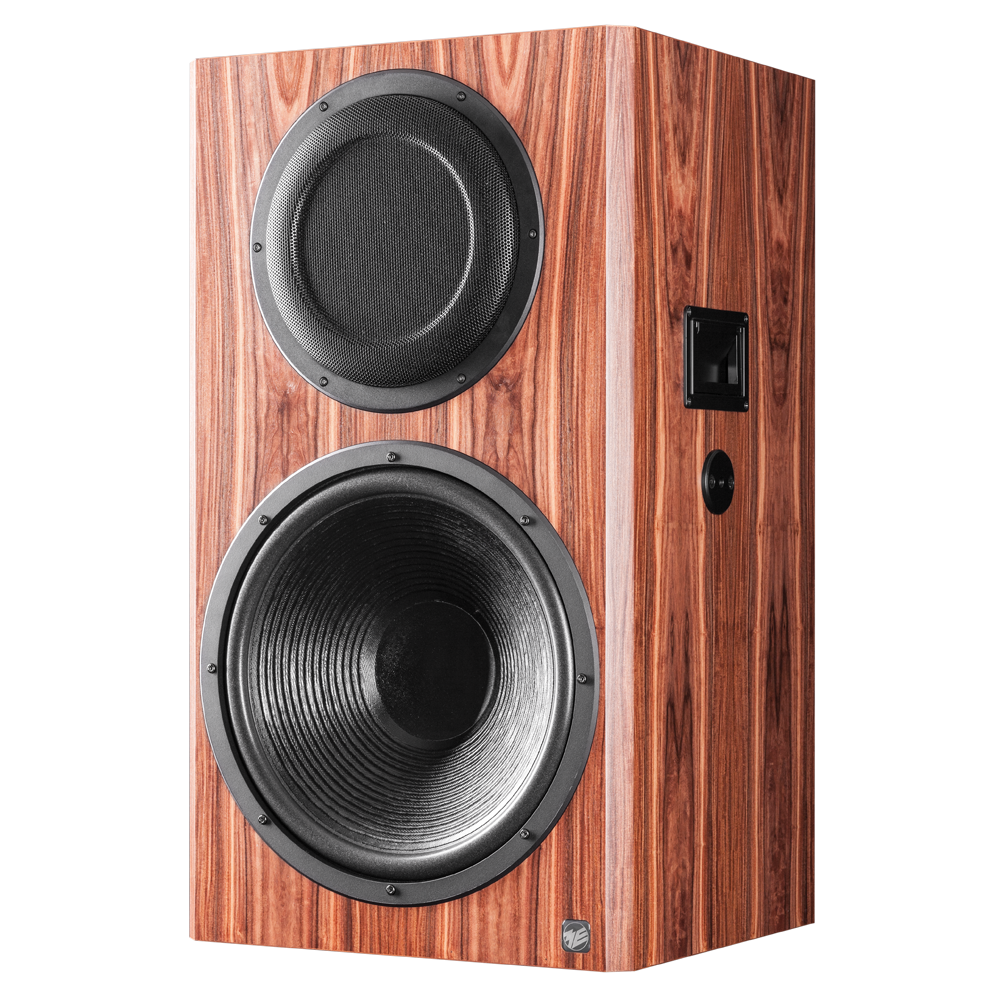
And a couple of subs.
https://augspurger.com/
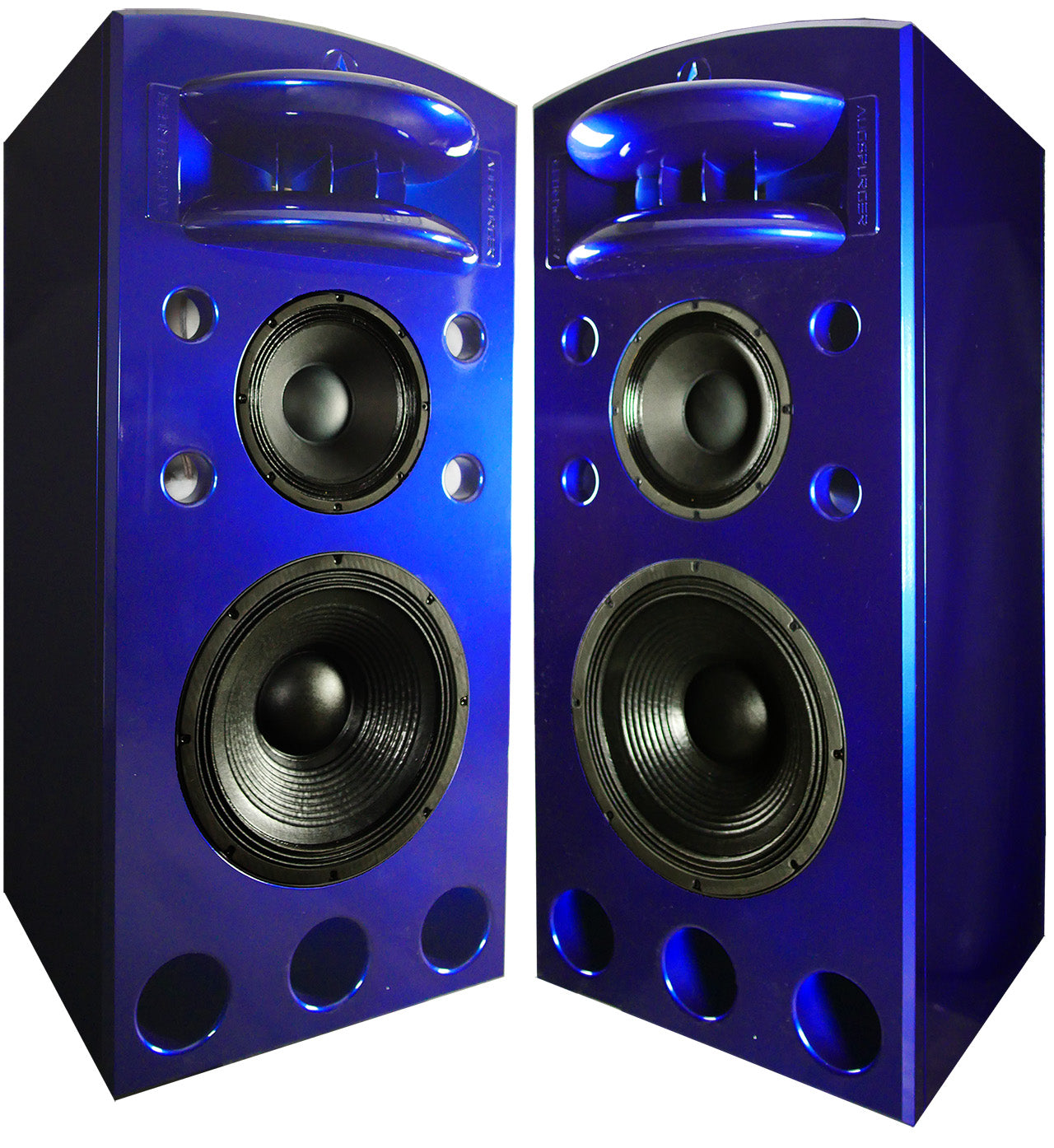
And a couple of subs.
https://www.mesanovicmicrophones.com/

And a couple of subs.
https://www.salksound.com/

And a couple of subs.
https://www.alconsaudio.com/
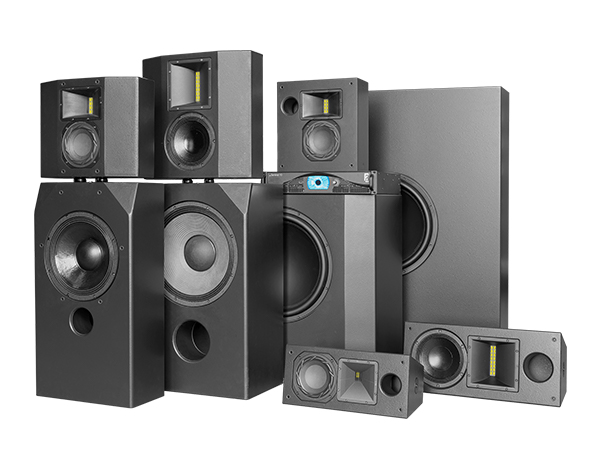
And a couple of subs.
https://janszenaudio.com/
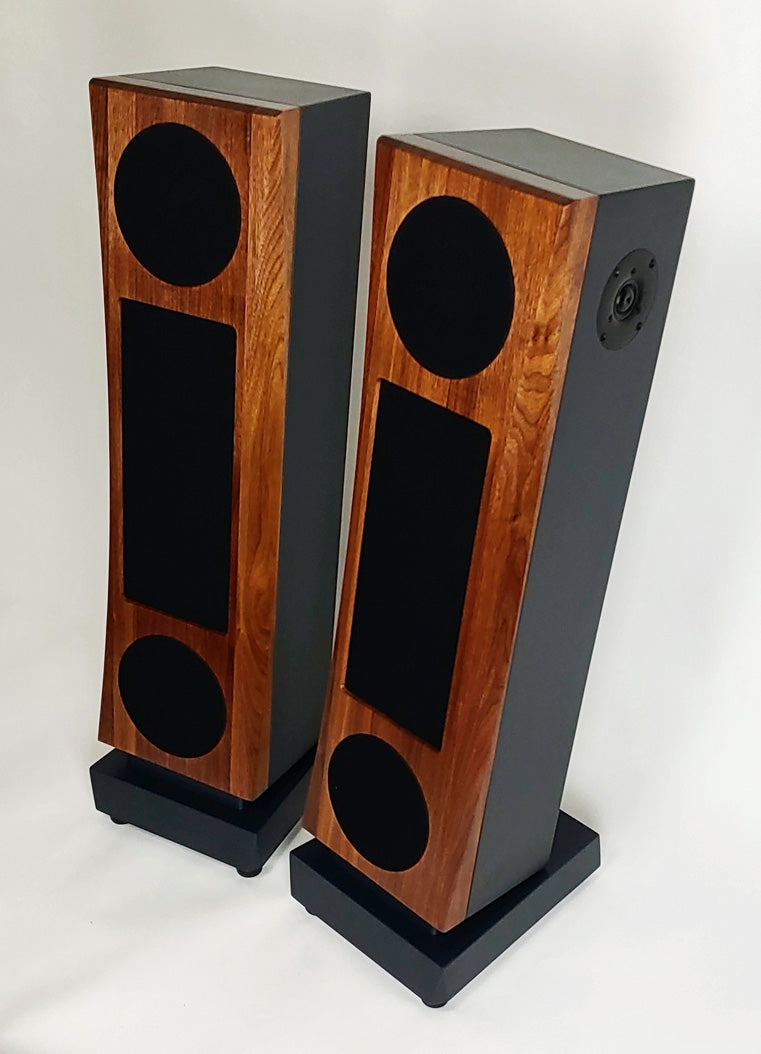
And a couple of subs.

And a couple of subs.
https://piega.ch/en/

And a couple of subs.
https://www.funkaudio.ca/


And a couple of subs.
https://tomdanley.com/

And a couple of subs.
https://www.me-geithain.de/en/

And a couple of subs.
https://augspurger.com/

And a couple of subs.
https://www.mesanovicmicrophones.com/

And a couple of subs.
https://www.salksound.com/

And a couple of subs.
https://www.alconsaudio.com/

And a couple of subs.
https://janszenaudio.com/

And a couple of subs.
None of your suggestions are “end-game” but you can pretend so…Except the KH420, M2, 4367, S360, 1236, 1238...
lol! the bravado with which ATC fetishists pretend their speakers are state of the art and beyond competition is amusing. Mostly because of the mental gymnastics and cognitive dissonance involved.
KH420 is a 10 inch woofer mid-field speaker not suitable SPL for application but very high performance
M2 two way horn PA type speaker
4367 is a two way horn PA type speaker
S360 10” two way PA type speaker
1236A suitable for application but only less than 3% distortion at 95db SPL at 1 meter above 3KHZ makes this more of a PA design (extremely loud but not market leading low distortion)
1238 - same as above loud enough but not market leading low distortion
Large 5” woofers aren’t ideal for mid range (beam starts at 1800 Hz) but will indeed play loud - especially two of them - again more of a concert PA type approach as some lobes will be present when sharing the same bandwidth.
Horns suffer from distortion due to non-linearity of air at the throat. This affects sound at high SPL and means distortion is high at elevated SPL - might not be noticed by your average wedding crowd who find DJ speakers acceptable but not exactly “end-game”
There is no ‘fetish’ - large ATC actually do what they do and very well which is why they keep being installed. Reliability and maintainability is a factor in an end-game speaker - and this alone rules out most of the OP‘s short list. JBL parts are easy enough to find but they aren’t the most reliable. Genelec do have a great reputation for reliability.
lherrm
Active Member
Also consider the incoming GGNTKT M3:

 www.audiosciencereview.com
www.audiosciencereview.com
I listened to the smaller M1 model, already quite impressive especially considering their size.

GGNTKT M3 yes M3 Formerly known as M2!
Seeing exposed drive units spoils the illusion for me to large extent, so D with an additional cover for the midrange. Also agree with @hardisj re wire management. That's why you get dark speakers and listen with the lights down.
 www.audiosciencereview.com
www.audiosciencereview.com
I listened to the smaller M1 model, already quite impressive especially considering their size.
wizardofoz
Member
Magiclx521.com Linkwitzlab.com use the other 10k for good streamer like Lumin x1
None of your suggestions are “end-game” but you can pretend so…
KH420 is a 10 inch woofer mid-field speaker not suitable SPL for application but very high performance
M2 two way horn PA type speaker
4367 is a two way horn PA type speaker
S360 10” two way PA type speaker
1236A suitable for application but only less than 3% distortion at 95db SPL at 1 meter above 3KHZ makes this more of a PA design (extremely loud but not market leading low distortion)
1238 - same as above loud enough but not market leading low distortion
Large 5” woofers aren’t ideal for mid range (beam starts at 1800 Hz) but will indeed play loud - especially two of them - again more of a concert PA type approach as some lobes will be present when sharing the same bandwidth.
Horns suffer from distortion due to non-linearity of air at the throat. This affects sound at high SPL and means distortion is high at elevated SPL - might not be noticed by your average wedding crowd who find DJ speakers acceptable but not exactly “end-game”
There is no ‘fetish’ - large ATC actually do what they do and very well which is why they keep being installed. Reliability and maintainability is a factor in an end-game speaker - and this alone rules out most of the OP‘s short list. JBL parts are easy enough to find but they aren’t the most reliable. Genelec do have a great reputation for reliability.
Clearly you haven't seen the actual max SPL, polar map, FR, HD and IMD measurements of the speakers listed, all of which obliterate the SCM50, 100 and in the case of the larger ones, 150. Don't try to patronise us all with broad dismissive strokes like "PA-style" instead of actual data on how the loudspeakers listed radiated sound compared to your 80s cottage industry wood boxes, primitive drivers and primitive crossovers. We aren't Gearspace, people who put up a front of being evidence-led but defer to intuition and subjective waffle.
MAB
Major Contributor
Why waste money on a fancy streamer that doesn't add anything to the sound?Magiclx521.com Linkwitzlab.com use the other 10k for good streamer like Lumin x1
Also, the OP is looking for speakers.
MAB
Major Contributor
I like to pretend.None of your suggestions are “end-game” but you can pretend so…
And, apparently I like PA speakers too...M2 two way horn PA type speaker
4367 is a two way horn PA type speaker
S360 10” two way PA type speaker
1236A suitable for application but only less than 3% distortion at 95db SPL at 1 meter above 3KHZ makes this more of a PA design (extremely loud but not market leading low distortion)
M2 two way horn PA type speaker
4367 is a two way horn PA type speaker
Both the M2 and 4367 use studio-quality horns and drivers. Their basic configurations may appear similar to PA speakers at first glance, but they are not PA speakers.
Horns suffer from distortion due to non-linearity of air at the throat. This affects sound at high SPL and means distortion is high at elevated SPL - might not be noticed by your average wedding crowd who find DJ speakers acceptable but not exactly “end-game”
The non-linearity of air in the throat of a horn is of negligible consequence. It is not the source of the distortion you hear in the DJ's speakers at the wedding.
Earl Geddes on the subject:
"The air nonlinearity is indeed present, but it is very low order (inaudible) and low compared to the nonlinearities in the drivers." And with studio-quality prosound drivers, the "nonlinearities in the drivers" do not set in until much higher sound pressure levels than is the case for conventional home audio drivers because of their reduced excursion requirements for a given SPL.
That edgy distortion you hear in the DJ's horns, which becomes increasingly audible and objectionable as the SPL rises, is caused by diffraction and reflection within the horn itself. These are known as "Higher Order Modes", or HOMs, and are present in diffraction horns (which includes virtually all of the horns likely to be found in PA speakers, including your DJ's speakers) and in horns which have any sharp discontinuity (like around the lip on many horns).
Higher order modes are not non-linear; they are present in equal proportion independent of SPL. They are delayed in time and therefore create nonminimum-phase abberations, which are linear, but our PERCEPTION of them is non-linear. HOMs are typically unnoticeable at low SPLs, but become increasingly audible and objectionable as the SPL goes up. This leads many people to think the compression driver in a PA speaker is distorting non-linearly, but such is not the case: It is the ear which is having a non-linear PERCEPTION of a linear distortion.
Minimizing higher order modes is a high priority in a modern high-end horn, such as in the JBL M2 and 4367, hence their unorthodox horn geometries which combine minimizing higher order modes with an exceptionally wide and uniform coverage pattern. (Historically, such wide and uniform coverage patterns have been achieved by diffraction horns or horns with internal vanes, the latter also being a source of internal reflections.)
Last edited:
Unlike many topics on this forum, this topic is purely subjective and ultimately the correct answer will be made by the OP. The best choice for his "End Game" speaker will be anything that he decides satisfies his listening pleasure. That can include a speaker that measures well using today's standards, or it may be a speaker that measures less well, but gives the listener pleasure.None of your suggestions are “end-game” but you can pretend so…
KH420 is a 10 inch woofer mid-field speaker not suitable SPL for application but very high performance
M2 two way horn PA type speaker
4367 is a two way horn PA type speaker
S360 10” two way PA type speaker
1236A suitable for application but only less than 3% distortion at 95db SPL at 1 meter above 3KHZ makes this more of a PA design (extremely loud but not market leading low distortion)
1238 - same as above loud enough but not market leading low distortion
Large 5” woofers aren’t ideal for mid range (beam starts at 1800 Hz) but will indeed play loud - especially two of them - again more of a concert PA type approach as some lobes will be present when sharing the same bandwidth.
Horns suffer from distortion due to non-linearity of air at the throat. This affects sound at high SPL and means distortion is high at elevated SPL - might not be noticed by your average wedding crowd who find DJ speakers acceptable but not exactly “end-game”
There is no ‘fetish’ - large ATC actually do what they do and very well which is why they keep being installed. Reliability and maintainability is a factor in an end-game speaker - and this alone rules out most of the OP‘s short list. JBL parts are easy enough to find but they aren’t the most reliable. Genelec do have a great reputation for reliability.
I think a few of our members here are too polite to mention their own products that compete in this league:
 jamesromeyn.com
jamesromeyn.com
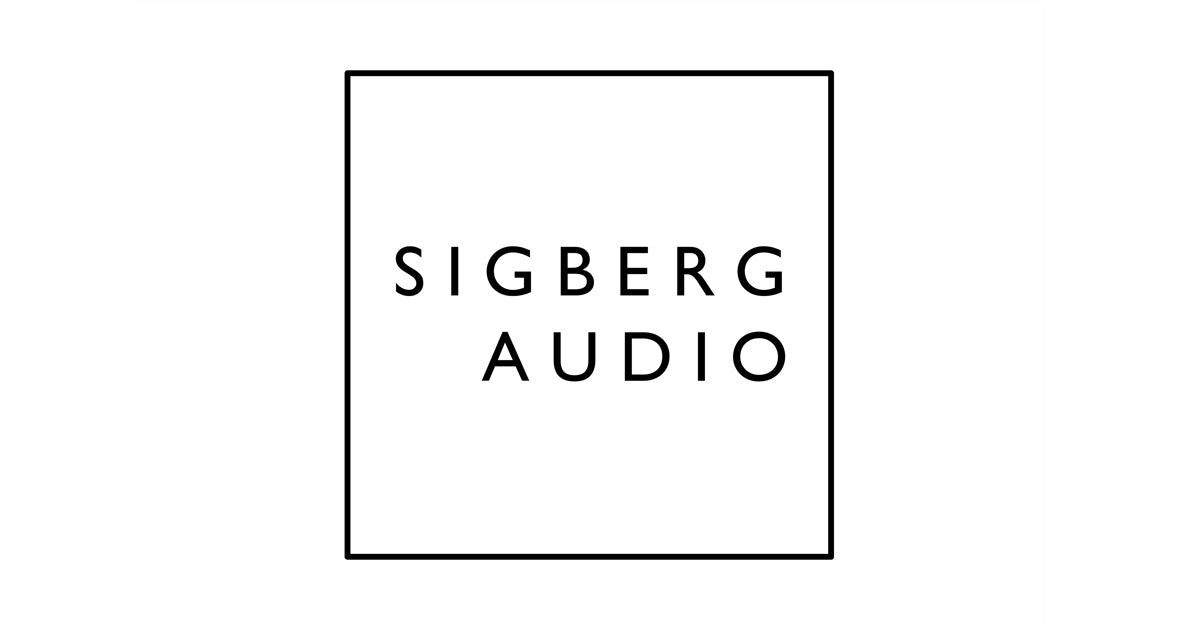
 www.sigbergaudio.no
www.sigbergaudio.no
James Romeyn – Music and Audio

active speakers and subwoofers High-end premium Sigberg Audio Norway
Sigberg Audio is made in Norway. Our premium loudspeakers and subwoofers provide excellent sound quality, effortless dynamics and realistic sound pressure.
Assuming he can audition all in his space. Barring that one would use numbers to at least short list their choices.Unlike many topics on this forum, this topic is purely subjective and ultimately the correct answer will be made by the OP. The best choice for his "End Game" speaker will be anything that he decides satisfies his listening pleasure. That can include a speaker that measures well using today's standards, or it may be a speaker that measures less well, but gives the listener pleasure.
Not so much audio babble and audio history.
This is audio science review. Not audio history review.
- Status
- Not open for further replies.
Similar threads
- Replies
- 635
- Views
- 49K
- Replies
- 15
- Views
- 1K
- Replies
- 34
- Views
- 4K
- Replies
- 3
- Views
- 815

